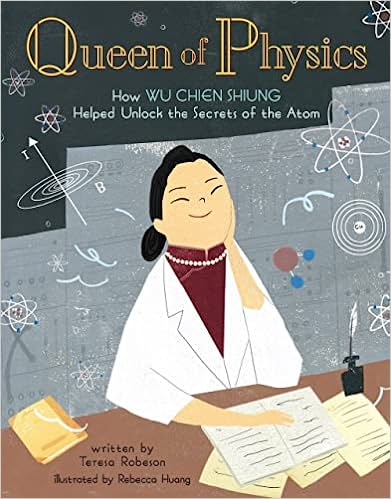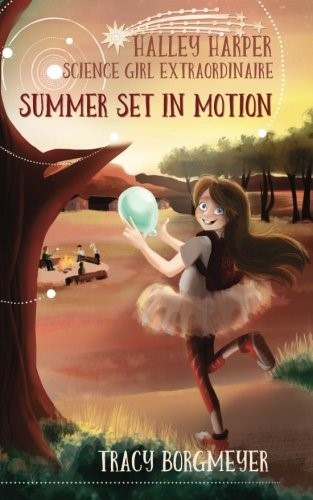Charlotte Morgan and her friends in the Number Investigators Club have a mystery to solve: some of their toys have vanished from their tree house. However they can’t quite focus on that problem because they’re all nervous about the upcoming Math Bee. Charlotte needs to practice for the Math Bee, solve the mystery, and deal with the neighborhood bully all at once.
The characters in this book are in the third grade, and since they’re practicing their multiplication problems, this book will actually help your student get a little practice, too. Charlotte’s dad drops her quiz questions to help her practice for the Math Bee. The book is actually chock-full of numbers; perhaps a little too many. Throughout the story are totals of the number of days/hours/minutes/seconds remaining until the Math Bee. On one hand this is a great illustration of numbers in daily life; on another it may make the story a bit off-putting to kids who don’t love having numbers thrown at them repeatedly.
When the Math Bee comes around, the students go through rounds of answering questions, including questions for grade levels above their own. The Bee continues until all of the contestants fail, including the main character. I like this a lot because it shows that it’s OK to fail, OK to stretch yourself, and it directly shows the main characters dealing with having to puzzle their way through questions they aren’t certain about. It’s a great example of growth mindset in action.
Beyond the math, there’s also a good story of relationship-building. At the beginning of the story, Charlotte and her friends in the Number Investigators Club (wrongly) accuse the neighborhood bully Gavin of stealing their stuff. As the story goes on, they realize their mistake and apologize. Charlotte also ends up being paired with Gavin for Math Bee practice, and having to tutor him a bit through his own math struggles. They end up supporting each other.
There’s pretty good gender diversity in the story, with both Charlotte and her friend Sally being good at math. As far as racial diversity, their friend Aaron is Asian and Marcus is Black. However aside from their skill at math these characters are barely there or even a bit too stereotypical.
To date, there are three books in the series:
- Charlotte Morgan and the Great Big Math Problem – https://www.amazon.com/dp/0999687913/
- Charlotte Morgan and the Lemonade Stand – https://www.amazon.com/dp/0999687921/
- Sally Hemingway and the STEM Contest – https://www.amazon.com/dp/099968793X/
For reviews of other children’s books featuring diversity in math, see STEM Area: Math.
For reviews of other children’s books featuring gender and racial diversity in STEM, see Diversity Type: Gender and Diversity Type: Race.
For reviews of other books that are great for the 6-10 age range, see Age Group: 6-8 and Age Group: 9-12.
For a listing of other books that feature gender and racial diversity in math for this age group, see https://www.stemverse.net/books?&stemarea=Math&agegroup=6-8%20(Elementary),9-12%20(Pre-Teen)&diversity=Gender,Racial. Also see our full STEM listings of books and other resources that feature diversity in STEM.





